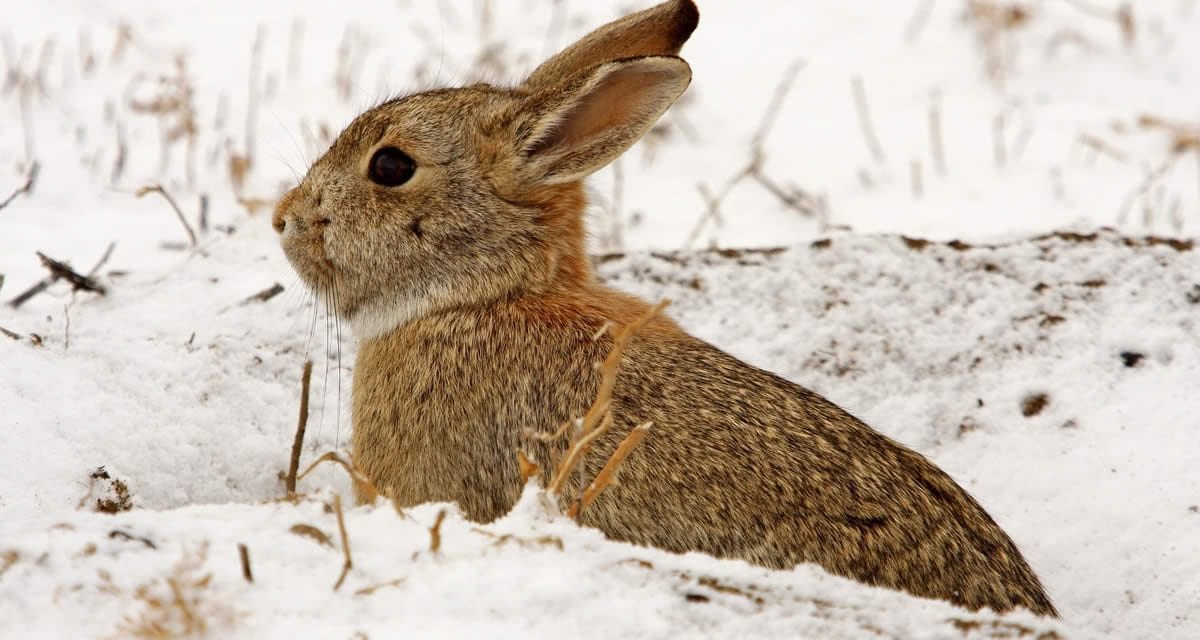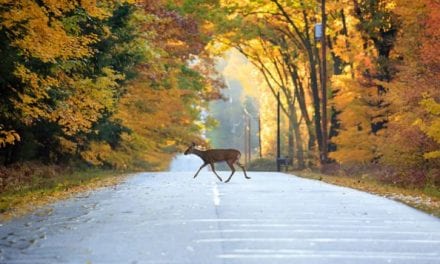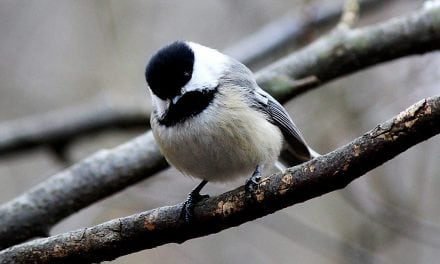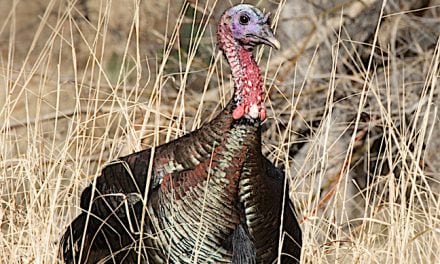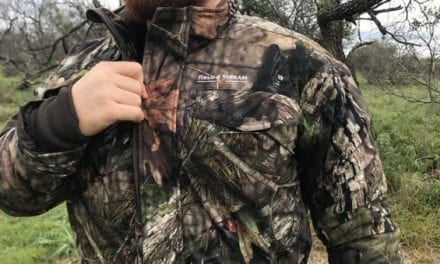By Jason Houser
As I have traveled many miles across the country this year, one thing I have noticed is all the rabbits. It seems like every turn I make, or every hill I crest holds a rabbit diving into the weeds for cover. Just a few short years ago, a wild rabbit was hard to come by across much of the country; if a person wanted to dine on fried rabbit, they would have to settle for a tame one, as the odds of shooting one were not all that great. Things are changing, and there are more rabbits to hunt. You might not be able to go and limit out on bunnies very often but the odds of coming home empty-handed are slim.
I remember hearing my grandfather, and even my father telling me stories of their beagles chasing rabbits in circles all day long. I would love to be able to live one of those hunts, but that is not likely to happen. One reason that will never happen is because I do not own a beagle or even see the point in owning one for the sole purpose of rabbit hunting. The main reason that I do not own one is because of the expense involved. A beagle, even though a small dog, has to be fed, and that gets expensive 12 months out of the year. So how do I hunt rabbits? I walk up on them.
The first step to a successful rabbit hunt is understanding where the rabbits are. Concentrate your hunting efforts on good cover near their favorite foods such as grasses, clover, soybeans, wheat and of course, garden vegetables. The cover that you would rather not walk through is unfortunately where you will find rabbits. Blackberry patches, briars, honeysuckle, tall grass and weeds are all good places to look. Even old abandoned farms with old machinery and buildings will have its share of rabbits.
Like I mentioned earlier, I have seen a lot of rabbits driving the rural roads. This type of driving is one of the best ways to scout for cottontails. When you spot a rabbit, mark it on a map or make a note of the location in a notepad. Most of where you spot rabbits will be on private land, but I have found that gaining permission to rabbit hunt is far easier than gaining permission to deer hunt on the same property.
When I attempt to hunt rabbits, I take a page out of my squirrel hunting handbook: rabbits, much like squirrels, get nervous when a hunter stands still for too long, and make a dash for safety. This is the hunter’s chance to put a rabbit down. Let me explain.
When you have located a potential hot spot for rabbits, begin by walking through very slowly. Walk ten yards or so and stop for twenty or thirty seconds. After waiting start the process again. Walking through the area might get a rabbit up and moving but more times than not it is when you are standing still that a rabbit will bust from its cover. In the rabbit’s mind, they believe they have been seen, get nervous and take off. Always be ready for a shot opportunity but even more so when standing still. Do not forget to turn around and take a look at the area you just walked from time to time. Rabbits that did not make a run for it when you were standing still will often start moving when you pass by them.
Rabbits do not offer a lot of time for the hunter to get a shot off. Before you know it they will have been swallowed up by the thick cover. A hunter must learn to snap shoot. It should become second nature to shoulder your gun and shoot, not worrying about swinging through your target. Carry your gun so that you will be able to shoulder it quickly. The minute you rest the weapon over your shoulder or cradle it in your arm is when a rabbit will flush from cover.
Rabbit hunting is not hard. It will take some walking to get enough rabbits for the frying pan. There is no expensive equipment to buy that you probably do not already own, and rabbit hunting can be good all day long. That means that if you are not up with the roosters, it does not matter. One o’clock in the afternoon is just as good as six in the morning. All that matters is that you have a good time.
Rabbit hunting is a great excuse to get outside when other seasons are closed or your big game permits are filled.
Photo credit to Jason Houser

